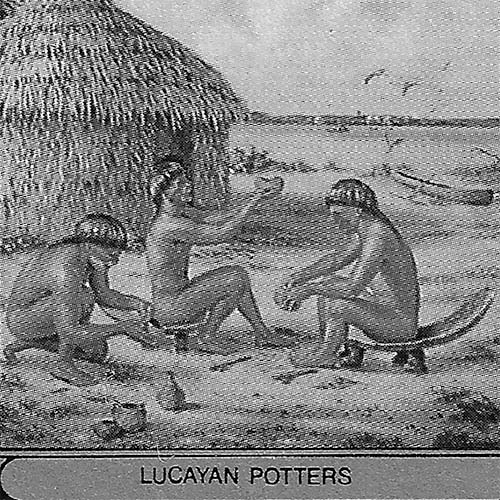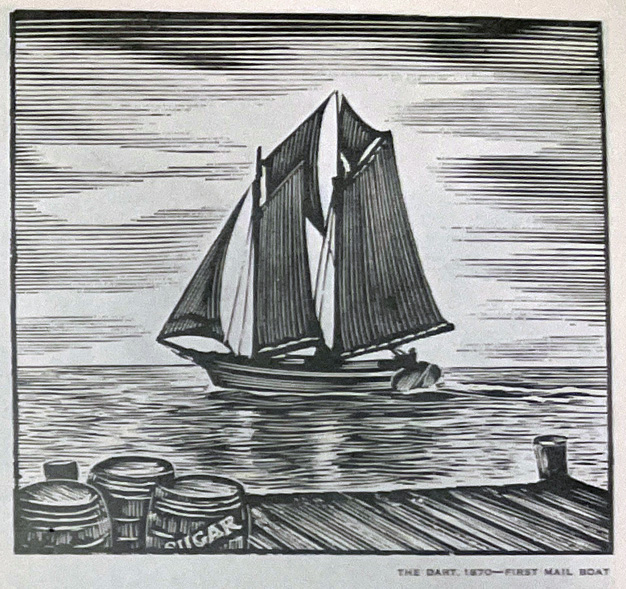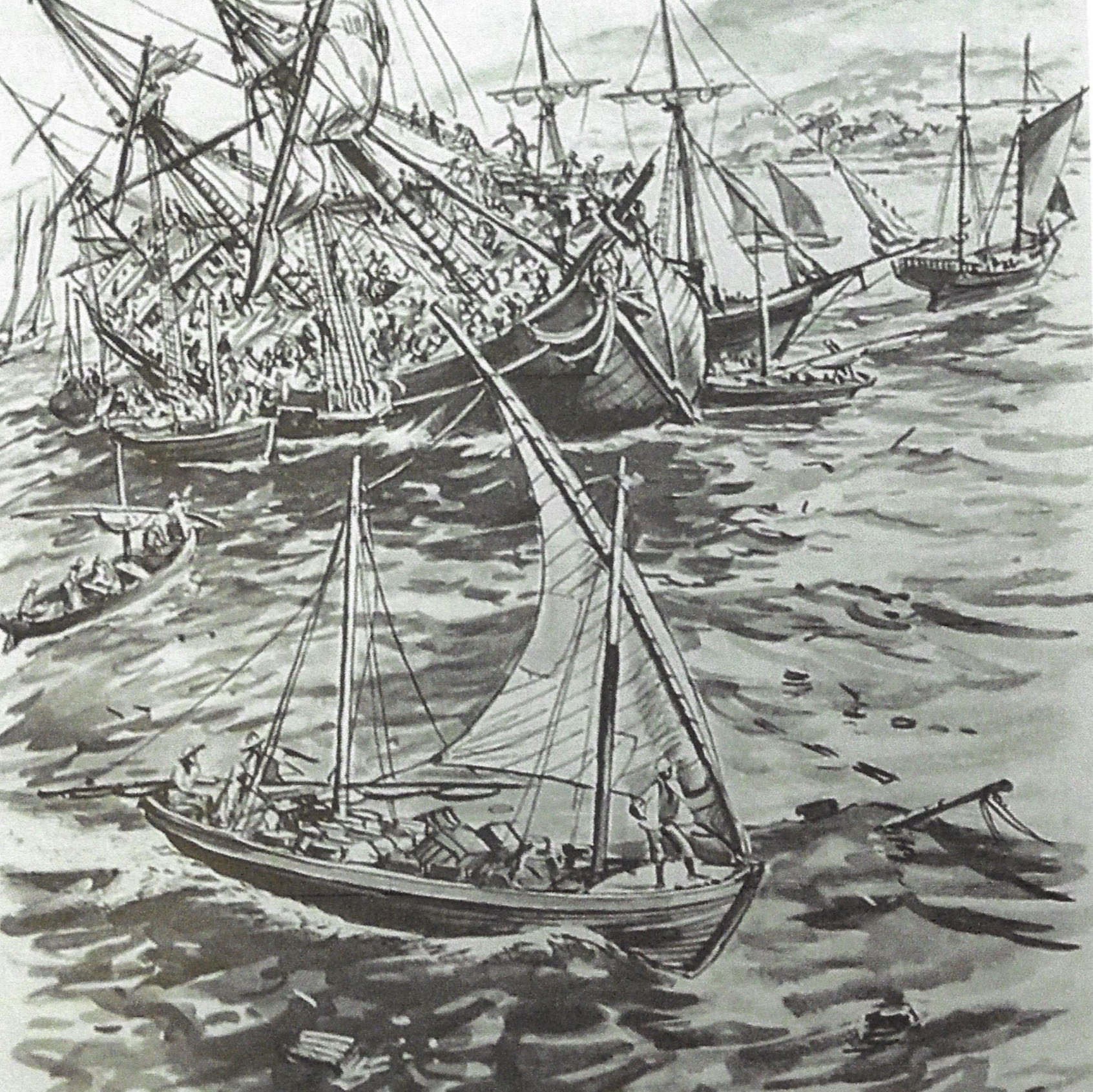Natural History
Geology of Grand Bahama
Exposed Parts of an Ocean Plateau
The Bahamas are exposed parts of a plateau that rise from the ocean floor. It's part of the oceanic crust formed from plate tectonics and continental drift that divided the continents and the formation of the Atlantic Ocean.
The large northern banks of the Bahamian Archipelago along with the Florida Peninsula and its continental shelf act as a submarine barrier between the Atlantic Ocean and the Gulf of Mexico.
Thee underwater terrain is hilly, and the crests of many of these hills comprise the islands of the Bahamas.
Click here for a satellite image showing the spectacular view from space.
150 Million Years Old
Core drillings show the base of the islands formed over 150 million years ago. Eventually the plateaus became the islands of the archipelago, built up over eons by the process of sedimentation in shallow seas.
Rocks of the islands are a product of buildup consisting almost entirely of recent (Pleistocene-era) oolite limestone made of shell detritus and other oolites formed by sea action. The oldest surface sediments are remnant hills which were originally deposited as oolitic sand dunes. The youngest sediments are unconsolidated sands made up of oolites and beach worn shell fragments.
Coral growths and the lime-secreting plants which they support are pounded by waves, ground up, and deposited on the shore at the edge of the islands. Exposure to air produces a chemical reaction which hardens these deposits and forms limestone.
On Grand Bahama Island
Grand Bahama has a steep southern slope towards the direction of the prevailing winds and currents and a long flat slope from the crest of the island far out into the sea on the leeward, or northern side, where the water is extremely shallow and extensive broken limestone beaches have formed. This broken limestone is called marls, which are calcareous muds, limes and clays continually washed by tidal action. They are organic and can be leeched to support plant life.
Mostly Flat Inner Island
The inner island is generally flat. There are beach ridges on the southern shore and low hills up 40 feet. Karst holes can be found in the limestone over most of the island. Karst areas may contain sinkholes or funnel-shaped holes in the surface of the land with caverns, caves and underground reservoirs. Organic soils form in these holes and they support most of the island vegetation.
Soils, four to six inches deep, can be found above the limestone bed in wooded areas as a product of biological decay. At one time, the sea level was much lower, shown by several layers of rock beneath the surface.
Beneath the oolitic stones is a layer of cavities where there is active erosion. The water table of Grand Bahama is universally high throughout the island.
Click here for more information on forces that formed the islands.
Pine Island, Rockland, Banana Holes & Blue Holes
While the Bahamas is generally flat and rocky with limited vegetation. Grand Bahama is a “pine island,” covered with thousands of acres of pine trees. Where the water table comes close to the surface palmettos and marsh-type vegetation can be found.
Rockland can be successfully farmed, as marine sediments from shallow water banks have created softer limestone that can be cultivated, but the soil is lacking in potassium and nitrogen.
The land surface is porous limestone, pocked with holes caused by water erosion. Smaller holes, locally known as “banana holes,” support cultivation due to accumulated organic material. Over time, rainwater widens holes and they become sinkholes. The size of the holes generally depends on the location of fresh water. The lower the leve of fresh water, the deeper and wider the sinkhole will become. The largest of these openings are known as blue holes.
Lots of Limestone
The Bahamas are largely built of limestone in one form or another. Limestone, easily dissolved in water, results in caverns occurring at all depths. Learn more about caves.
Incredible Sand
Bahamian sand is of a superb quality, though different from island to island. On Eleuthera, it's pink. On Andros, it's white. On New Providence, it's white, beige or yellow. Bahamian sand is calcareous and relatively new, geologically. It's composed of broken shell, aragonite, calcite, plant ash, bone and crushed oolite. There's also crushed coral, plankton detritus and remains of tiny sea plants and animals, too.
While white beach sand in other parts of the world is mostly quartz, the Bahamas is mostly calcareous sand. Bahamian sand is the material of choice for many aquarium bottoms. It's very soft to touch, because aragonite sand is mostly spherical – not angular like quartz-based sands.
About Aragonite & Bahamian Sand
Formed by sedimentation, aragonite – or oolitic sand – is a very pure form of calcium carbonate that's uniquely produced by the ocean. Unlike limestone, it's uncontaminated with silt, sulphur and phosphorus.
Sea water is saturated with calcium carbonate. As ocean water warms on the shallow banks around islands, pure aragonite, calcium carbonate, layers around a minute nucleus of fragmented natural material until it forms an ooid or egg-shaped grain too heavy to be suspended in the water. This grain sinks to the sea floor as oolitic “sand.”
Modern industry uses large amounts of limestone or calcium carbonate in the manufacture of iron, steel, glass, cement, fertilizer, and other chemicals. Limestone is the most widely mined, quarried or dredged mineral in the world.
Learn more about how Bahamas sand is dredged for uses around the world.









